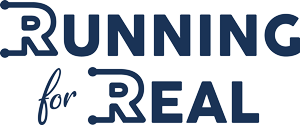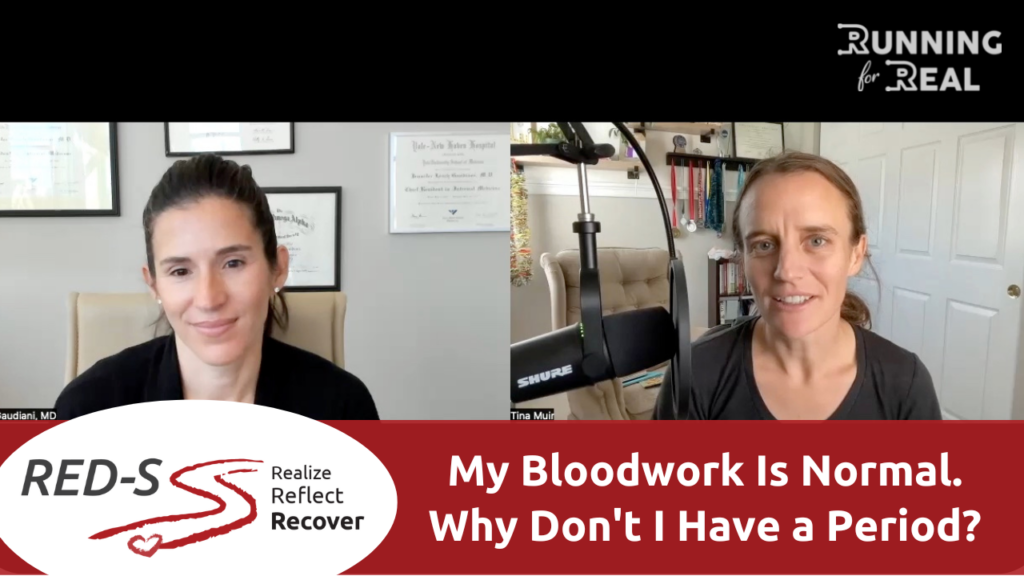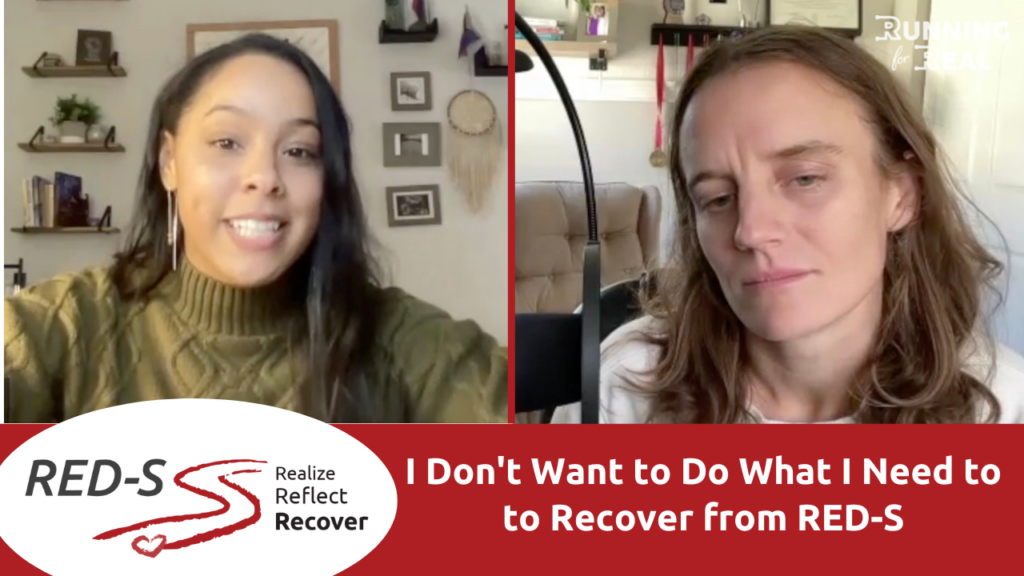Sports nutrition and performance expert Rebecca McConville believes that there’s no time like the present to start improving your health. Recovering from RED-S / REDs (Relative Energy Deficiency in Sport) requires increasing your fuel intake. She has suggestions about how to incorporate that into your training, as well as other factors to take into account.
Read the transcript
[Tina] If I have a goal race coming up, should I focus on training to be in my best shape and deal with this after, or should I try and gain some weight while I’m training?
[Becca] I kind of take the attitude like, “No time like the present.” He who is prepared the most and is showing up in the most resilient body will have the best race. And I think that’s one shift that really needs to occur is, you know, sometimes I hear these tough conversations around race weight or not taking recovery days, but when we dig in, it’s usually those that have been able to have the most consecutive training that have actually hit the most PRs. And that has nothing to do with their weight, but it does have everything to do with adequate sleep, sufficient energy, sitting through those rest and recovery days, and being able to participate in them to have that perfect race.
[Tina] So for someone who is a high school or collegiate athlete who really wants to perform, wants to do what they can, but they don’t ever really get a window of where they can focus on this, what additional things would you say for someone like that?
[Becca] So I’ll meet them where they’re at, kind of looking at how much energy deficit we have to make up, and then we’ll slowly make changes from there. When you look at the literature that talks about how a 250 to 400 calorie difference can start some of the dysfunction, I go back from there. So can we possibly start to make those increments and add in a little bigger snack, or start to train our gut to be able to tolerate more. Those are small changes that will make a big impact in the long run that should not and would not impact their ability to race or train. Matter of fact, it’s going to help their body start to recover quicker and be able to handle more of the training volumes, which hopefully will give them that nice run for state at the end of season.
[Tina] Okay, yes, that’s what we want.
check it out
Recovering from RED-S is hard. It’s even harder if you’re working through it alone. Even if you have professional support, they’re not available 24-7, and that can lead to going down search engine rabbit holes that have the potential to derail everything.
Our online resource, RED-S: Realize. Reflect. Recover, will answer all those questions swimming around in your head about recovery. It will give you the opportunity to connect with the experts you’ve come to know here, and to surround yourself with a community of others who are going through it too. THANK YOU! to Athletic Greens and Tracksmith for supporting this YouTube series and RED-S: Realize. Reflect. Recover.
Go to athleticgreens.com/reds to get five free travel packs of AG1 and a free one year’s supply of vitamin D3+K2 with your subscription!
When you go to https://tracksmith.com/tina and use the code TINA15 at checkout, you’ll get free shipping and Tracksmith will donate 5% of your order to Rising Hearts, the Indigenous-led nonprofit founded by Jordan Marie Daniels.
more about becca:
Rebecca McConville, RD, LD, CSSD, CEDS, is a sports nutrition and performance expert who helps her clients explore and strengthen their relationship with food, weight, body image and sports performance. Her book, “Finding Your Sweet Spot,” helps athletes maximize their potential while avoiding the dangers of RED-S. You can find Becca at https://beccamcconville.com.




